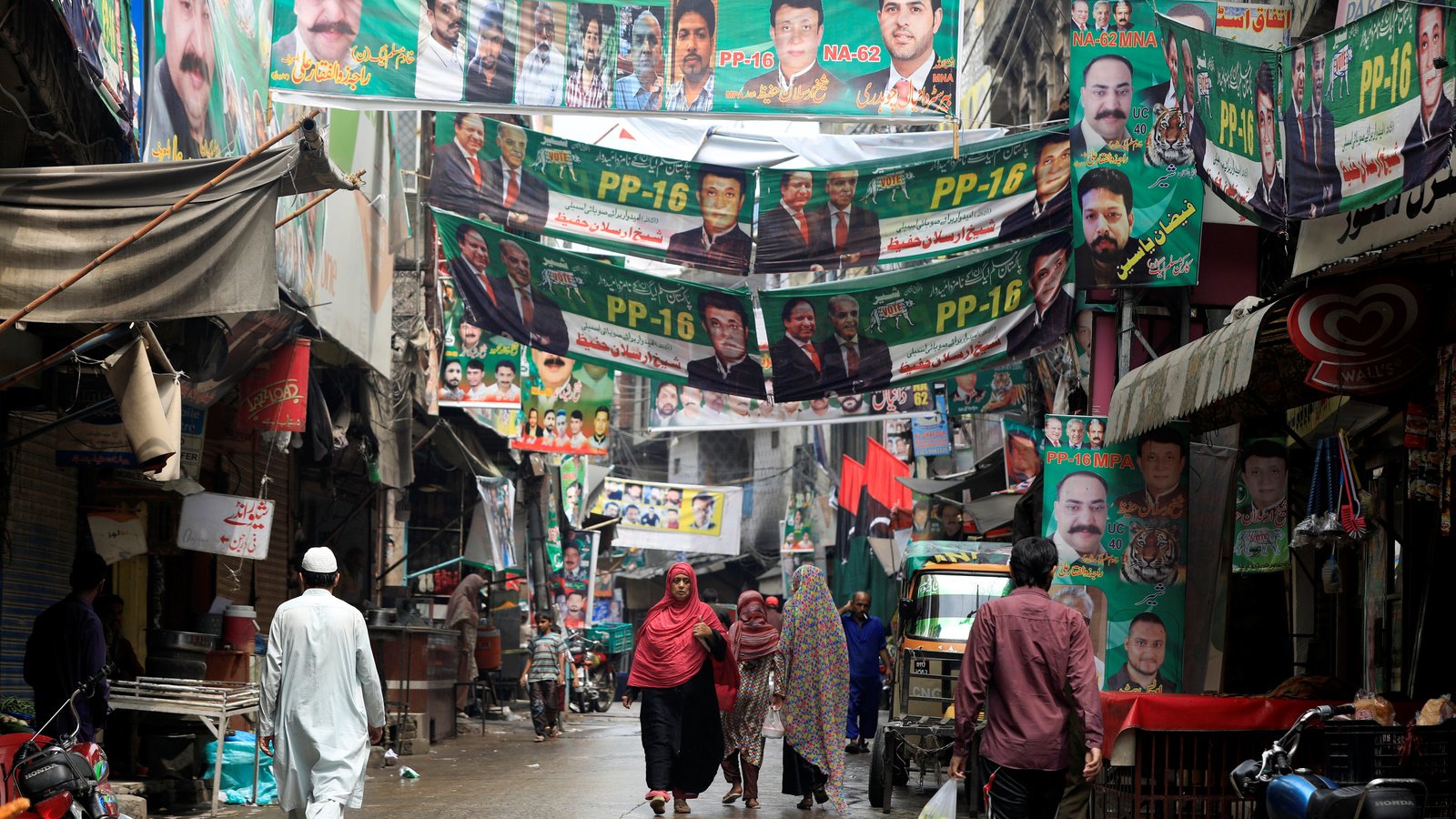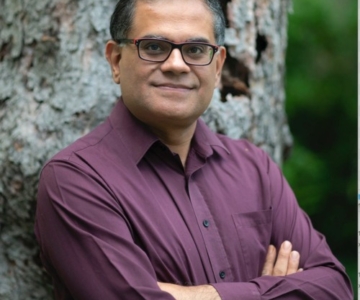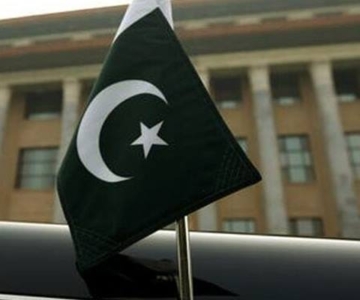Image Credits: Faisal Mahmood/Reuters
June 24, 2018: The limits of electoral engineering
In a month’s time, Pakistanis will elect a new government. The political climate is acrimonious and the polity seems to be fractured, if not in a state of disarray. This is not unusual during the election cycle. However, the chaos this time is manifold, and has acquired a momentum of its own; spiraling out of control and becoming dangerous enough to interrupt democratic transition.
Three fault lines are casting a dark shadow over the political horizon. The first concerns the intensified battle between Nawaz-Maryam duo and the permanent establishment that includes the judicial arm of the state. This tug of war has influenced political events in the past five years. Nawaz lost his office and the ability to contest elections. But he remains relevant and the PML-N’s electoral machine survives despite the ignonimous ouster of its leader. The conflict has deepened and the mainstream media have come into the crossfire. Excessive controls over media have been reported, and it is an open secret that Nawaz is the ‘fallen’ politician and that is what the public needs to be told.
Yet, the pushback from Nawaz and his strong electoral base in central Punjab has resonated on social media. This is the second fault line that is only complicating things further. No longer can we view Pakistan from the lens of a single, undiluted power centre deciding or vetoing over political affairs. Gul Bukhari, a vocal supporter of Nawaz Sharif on social media (and critical of the military establishment), was picked up by unknown men. But she was released after four hours when the local and international media mounted pressure. A large media house known for keeping corporate interests above everything sided with Nawaz in the fallout of Panama case and did not relent until it was taught a lesson of forced closure. Dissenting judges and voices have challenged the singular narrative of corrupt-Nawaz-must-exit-the-system.
Khan’s pilgrimage to Makkah meant to be an auspicious start to his election campaign turned into a controversy involving a chartered plane and using undue influence to get a close friend off the blacklist of Ministry of Interior. Some of the commentary was unfair but it has, nonetheless, jolted Khan’s image as the ‘pure’, ‘untainted’ deliverer
Even in the mainstream media, many a journalist has been defiant. But it’s not about Nawaz sympathisers in the media. Most surveys and polls indicate that PML-N has an edge over Imran Khan’s Pakistan Tehreek e Insaf (PTI). This is gradually sinking in, as the plans to bolster PTI’s prospects are not delivering to the anticipated levels. For instance, TV anchor Mubasher Lucman, who has been supportive of PTI’s politics of change has been announcing in his show that PTI may not secure more than 50 or 55 seats. Another survey by a news outlet presents a more favourable position for PTI but it is nowhere close to the magic number of 100 that will enable the latter to form a government at the centre. Yes, with the help of PPP and other parties, PTI may form a coalition but the outcome remains tenuous and unclear.
The third fault line relates to the infighting within PTI ranks that has further dwindled the image of a ‘winning’ party. Shah Mahmood Qureshi and Jahangir Tareen, the two titans of Imran Khan, have made their tussle public. Old workers of PTI, in an eerie moment of reckoning, have been protesting outside Bani Gala against awarding tickets to turncoats aka electables. In fact such is the depravity of political discourse that Imran Khan is justifying the induction of electables to his hardcore supporters that have looked towards him as the messiah who will cleanse the traditional politics. Two media houses that were consistently critical of the Sharifs and softer on Imran Khan and PTI have turned against the latter. In fact, Khan’s pilgrimage to Makkah meant to be an auspicious start to his election campaign turned into a controversy involving a chartered plane paid through a party supporter; and using undue influence to get a close friend off the blacklist of Ministry of Interior. Some of the commentary was unfair but the episode has, nonetheless, jolted Khan’s image as the ‘pure’, ‘untainted’ deliverer.
Those familiar with the ‘inside’ dynamics of power-play have indicated that there may be doubts about the ability of PTI to form the government or Imran Khan to deliver the goods, i.e. getting rid of brand Nawaz Sharif from Punjab’s electoral landscape. The standard conspiracy theories aside, there seems to be a cul de sac ahead. And here is why.
With the accountability courts trying to deal with cases against the Sharif family in a ‘speedy’ manner, a conviction of elder Sharif may be on the cards. If Nawaz is convicted and is in jail, his daughter on the streets is a prospect not too attractive. With both father and daughter in jail and Kulsoom Nawaz in critical condition, this may even increase the sympathy wave among the PMLN voter base. Of course, all of these scenarios are conjectures at this stage. It may just be the case that the Punjab’s local, electoral players may switch to the winning ‘arrangement’ in the weeks to come.
What Pakistan needs is a fair poll that allows a level playing field to all political parties. The caretakers and the Election Commission of Pakistan (ECP) must ensure that. Given the looming economic crisis and the chaotic state of play, the establishment must back the ECP in conducting fair elections. This should be the best way forward. As history tells us, delaying or postponing elections have resulted in grave implications for the country. It is time to reset the old trends.



